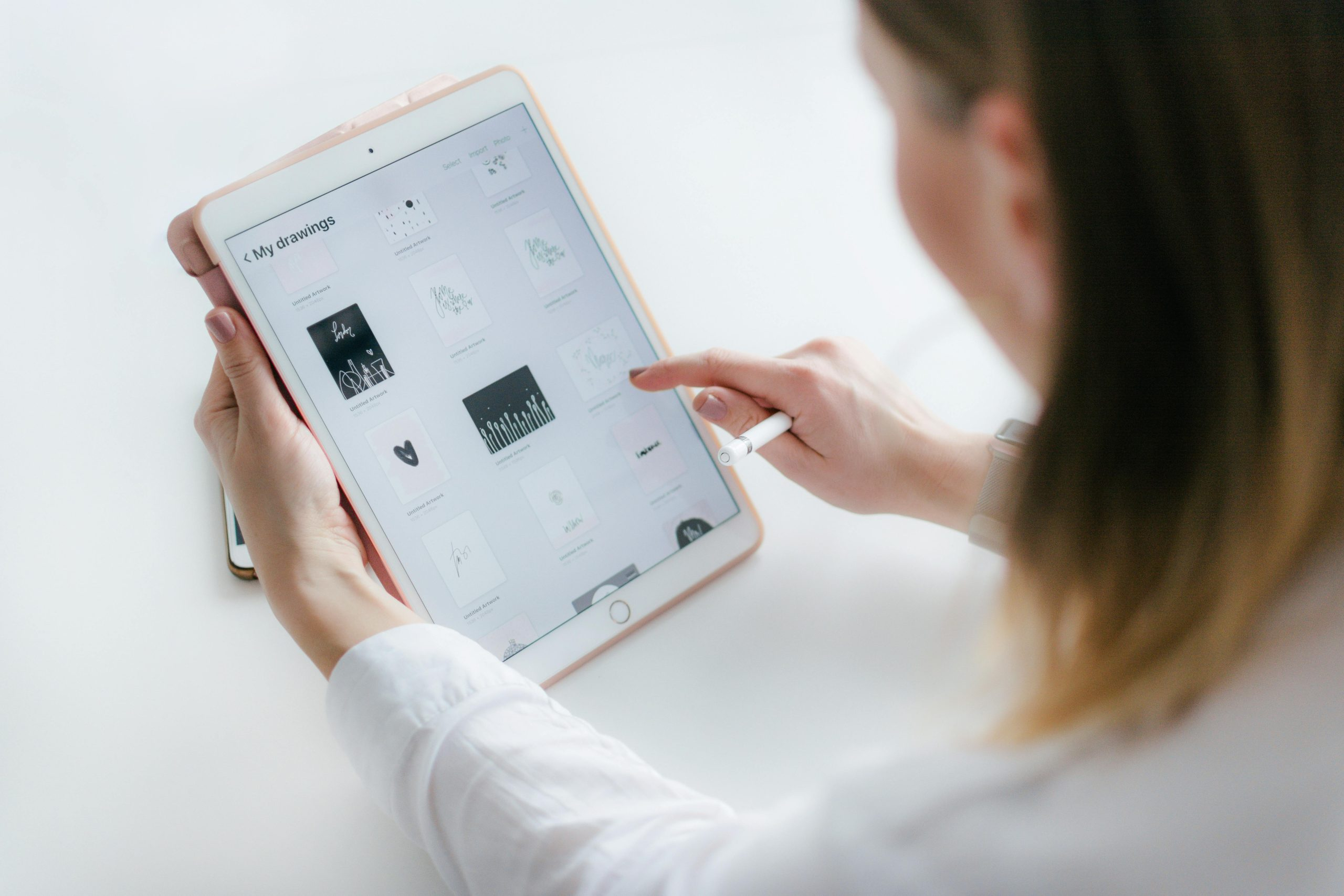How 6G Connectivity Will Change Wearable Devices
In recent years, wearable devices have become an essential part of our lives. From fitness trackers to smartwatches, these devices have revolutionized the way we interact with technology and have become an extension of our bodies. However, as we move towards a more connected world, the capabilities of wearable devices are set to expand even further. With the advent of 6G connectivity, we can expect a whole new level of interaction and functionality from our wearable devices. In this article, we will explore how 6G connectivity will change wearable devices and what potential benefits it holds for us. Let’s dive in!
The Evolution of Wearable Devices
Before we delve into the impact of 6G on wearable devices, let’s take a quick look at how far these devices have come in such a short span of time. The concept of wearable technology dates back to the 1960s when the first wearable computer was created by MIT Professor Edward Thorp. However, it wasn’t until the 2010s that wearable devices began to gain mainstream popularity. The launch of smartwatches and fitness trackers kickstarted the wearable technology revolution, and today, the market is flooded with a variety of devices catering to different needs and preferences.
Wearable devices have come a long way from just being simple activity trackers or communication devices. With advancements in technology, they now offer a multitude of features such as heart rate monitoring, sleep tracking, navigation, and even contactless payments. However, the capabilities of these devices are still limited due to their reliance on existing connectivity technologies such as 4G. That’s where 6G comes in.
The Promise of 6G
So, what exactly is 6G, and how is it different from the existing 4G and 5G technologies? Simply put, 6G (sixth-generation) is the next iteration of cellular technology that promises to be significantly faster and more reliable than its predecessors. It is expected to offer peak speeds of up to 1 terabit per second, which is 100 times faster than the current 5G speeds. Not only that, but 6G is also expected to have lower latency and a more extensive coverage range, making it the ideal connectivity solution for the future.
With 6G, wearable devices will be able to connect to the internet and other devices at lightning-fast speeds, enabling real-time monitoring and data transfer. This means that activities such as streaming high-quality videos, playing online games, and making video calls will be smoother and more seamless on wearable devices. The high bandwidth of 6G will also allow for more advanced features like augmented and virtual reality, which were previously not feasible on wearable devices.
Transforming Healthcare
One of the biggest areas where 6G connectivity will have a significant impact is healthcare. Wearable devices already play a crucial role in monitoring our health and fitness, but with 6G, the possibilities are endless. With real-time tracking and transfer of data, healthcare professionals will be able to remotely monitor and analyze a patient’s vital signs and make informed decisions quickly. This will be a game-changer for patients with chronic conditions who require regular monitoring, as it will reduce the need for frequent visits to the doctor’s office.
Moreover, with 6G, wearable devices will also be able to provide more accurate readings and diagnose potential health issues before they become severe. For example, a smartwatch equipped with 6G connectivity could detect an irregular heart rhythm early on and alert the wearer to seek medical attention, thus potentially saving lives.
The Future of Wearable Devices
Besides transforming healthcare, 6G connectivity will open up new opportunities for wearable devices in various industries. In the fitness industry, for instance, wearable devices will be able to provide more accurate and real-time data, making personal training and fitness tracking more efficient. In the fashion world, smart clothing with 6G connectivity could revolutionize how we interact with our clothing, allowing us to monitor our body temperature, adjust the fit, and even interact with our social media accounts through our clothes.
Furthermore, with the rise of the Internet of Things (IoT), wearable devices equipped with 6G will be able to seamlessly connect and communicate with other smart devices, creating a truly connected ecosystem. This will make tasks like home automation, controlling smart appliances, and even self-driving cars more convenient and effortless.
The Bottom Line
In conclusion, the implementation of 6G technology will undoubtedly change the game for wearable devices. With its ultra-fast speeds, low latency, and broad coverage, 6G will unlock new capabilities and take wearable devices to the next level. From transforming healthcare to opening up new opportunities in various industries, the future of wearable devices looks brighter than ever before. And with 6G still in its nascent stages, we can only imagine what other innovations it will bring in the years to come.
Are you excited about the potential of 6G connectivity to revolutionize wearable devices? Let us know in the comments below!








